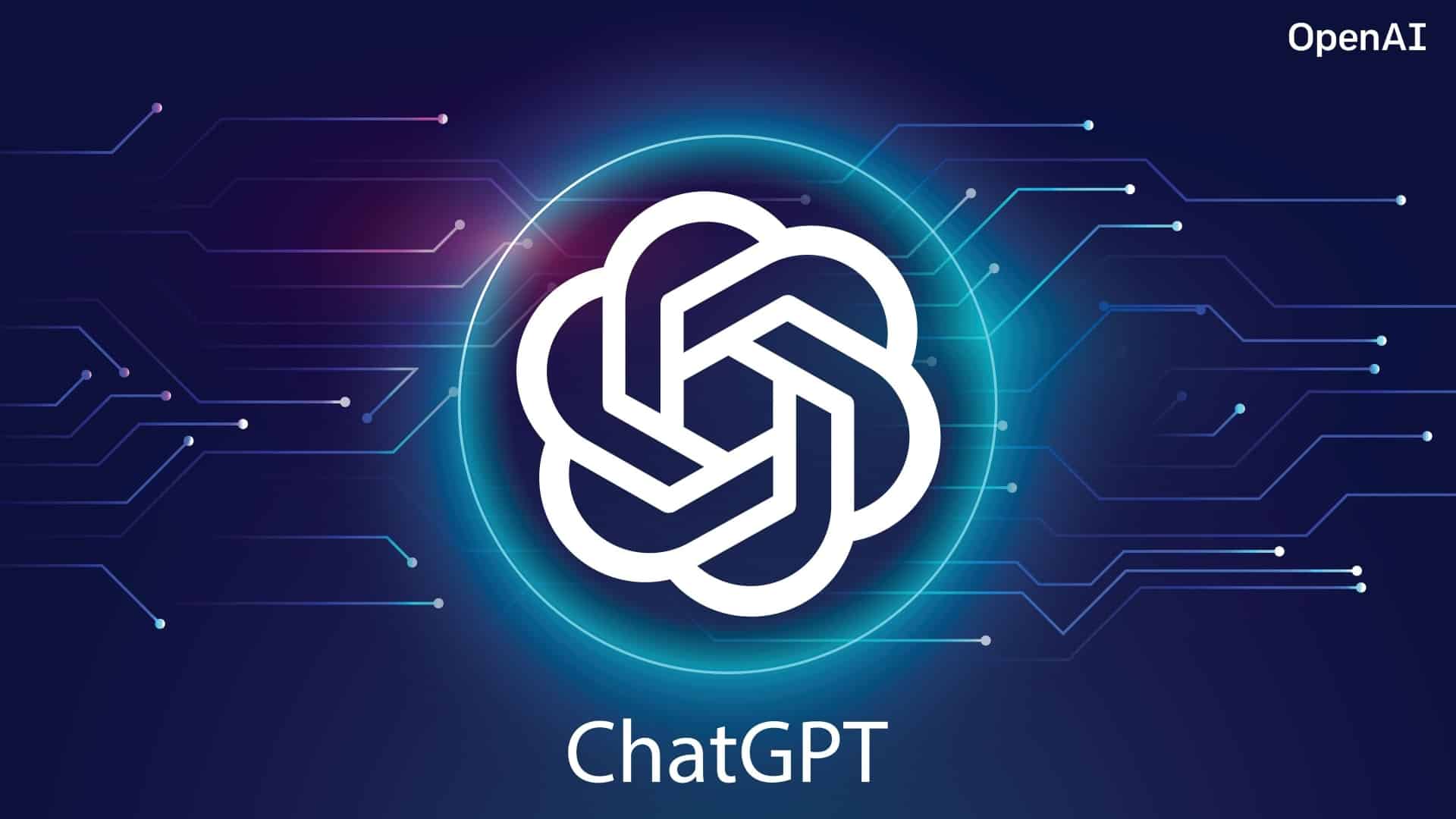Chatgpt-DETAILS 2025
READ MORE: DeepSeek-DETAILS 2025
ChatGPT is a new AI model designed for talking with people that was created by OpenAI. Modeled on the way humans write, it is built to create and make sense of human-like text.
How It Began and Grew:
ChatGPT was created using the GPT (Generative Pre-trained Transformer) technology. The first GPT version launched in 2018 and since then there have been GPT-2, GPT-3, with ChatGPT based on 3.5 and 4.
What is ChatGPT meant for?
The most important aim is to supply tools for understanding and generating natural language which helps with many tasks such as answering questions, creative writing and coding support.
A look at the technology that powers ChatGPT.
- Transformer-Based Neural Network
By using the Transformer model structure, ChatGPT is able to work through text quickly and accurately notice different sections of the input.
- Pre-training Then Fine-Tuning
ChatGPT has learned from a broad collection of internet parts, books and articles to understand language and reasoning patterns before being used.
The model is improved after pre-training through work on suitable databases and with human experts to ensure its responses are safer, more relevant and simpler for users.
Using tokens to generate texts.
When you use it, ChatGPT separates your text into tokens and then predicts the following word in the sequence.
- Learning by using feedback provided by humans (RLHF)
The purpose is to let the model grow by studying the feedback from human reviewers who rank its work.
ChatGPT’s Important Features:
- Understanding and Generating Language manually
Can take on complex questions and answer them with useful, related information.
- Ability to Handle Multiple Phases in a Chat
It remembers details and keeps the meaning of the discussion as the conversation continues.
- Being able to speak several languages
Multiple languages are supported by this app so anyone worldwide can communicate efficiently.
- Many Use Cases
You can use it for everyday talk or as a tool for work such as making content, coding, teaching and offering customer service.
- Adaptability
Businesses can use API to create domain-specific assistants with Human Bots platform.
How Can You Apply ChatGPT in Your Education:
- Produces Content
To do, I have to write blogs, generate articles, tell stories and create works.
o Provides business owners with words for ads, social media posts and email messages.
Automated Customer Support
Handles most common customer questions on its own, decreasing the amount of time customers spend waiting and the cost to answer them.
- Can provide teaching and assistance
Explains topics, solves students’ problems and helps make practice questions for students to study.
- Guide for Beginner Programming and Coding
Generates pieces of code for developers, assists in debugging and explains programming ideas to them.
- Working in Language Translation and Interpretation
Allows users to translate conversations in real time using many languages.
- Today’s (or future) Personal Assistants
Organizing my time, reminding me of things, helping me think creatively and giving general knowledge support.
How Using ChatGPT Is Beneficial:
Being efficient and productive
- Helps manage writing and communication routines so people can spend more time on important projects.
Getting access to AI technology
- Makes powerful AI tools available to everyone by means of APIs and platforms.
Enhanced Creativity
- Encourages new thinkers and promotes creative thinking with fresh and original ideas.
24/7 Availability
- ChatGPT can keep working all day long without becoming tired, unlike humans.
Cost-Effectiveness
Needs fewer humans to generate content, offer support and handle repetitive actions.
Issues and the boundaries of social theory.
Problems with accurate and credible results
May occasionally create reasonable but erroneous or illogical responses (“hallucinations”).
Contextual Knowledge Can Only Bring You So Far
There is a risk that computers misinterpret messages that are unclear or very complicated.
Ethical Concerns
The chance to use this technology to share false information or content.
If the training data has bias, the output will also be biased.
Data Privacy
Issues related to storing and using user data safely.
- A strong connection to good input
What Might We See with AI Language Models in the Near Future
- Making the model perform better on a regular basis
Studies are continuing to help the language model provide more accurate and contextually correct information.
How E-Commerce Fits in with Other Systems:
Combining ChatGPT and computer vision, voice recognition and robotics to create multimodal AI systems.
- Assistants to every individual.
Improved virtual assistants that understand and meet each person’s preferences.
- Building AI in an ethical manner
Putting greater attention on using AI in a safe, open and responsible manner.
Expanding Accessibility:
Reducing the cost and improving the usability of AI tools for different industries around the world.
Guide on How to Use ChatGPT:
Access Points
Platforms provided by OpenAI include the ChatGPT website and an API.
Tips for Initial Relations
If prompts are straightforward, students do better.
Relying on system instructions to decide how to respond to customers.
Asking new questions to help improve on the response:
Ability to customize and connect to existing apps
- ChatGPT can be added to websites and programs and also workflows by developers using OpenAI API.
Considering How to Use Data Ethically
Avoiding Misinformation
People should check important facts they get from ChatGPT.
Respecting Privacy
Combating Bias
Considering possible biases and making the effort to hear from many different viewpoints.
How OpenAI Ensures Safety
Adding content filters, allowing users to share comments and regular updates to help stop unapproved content.




1 comment